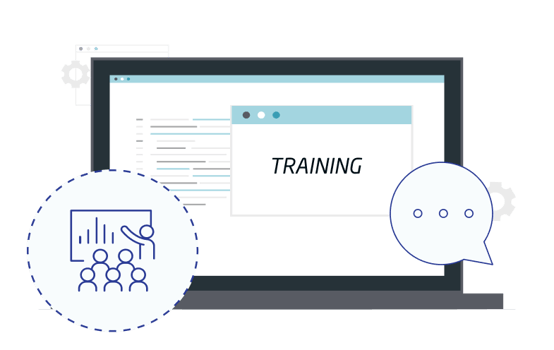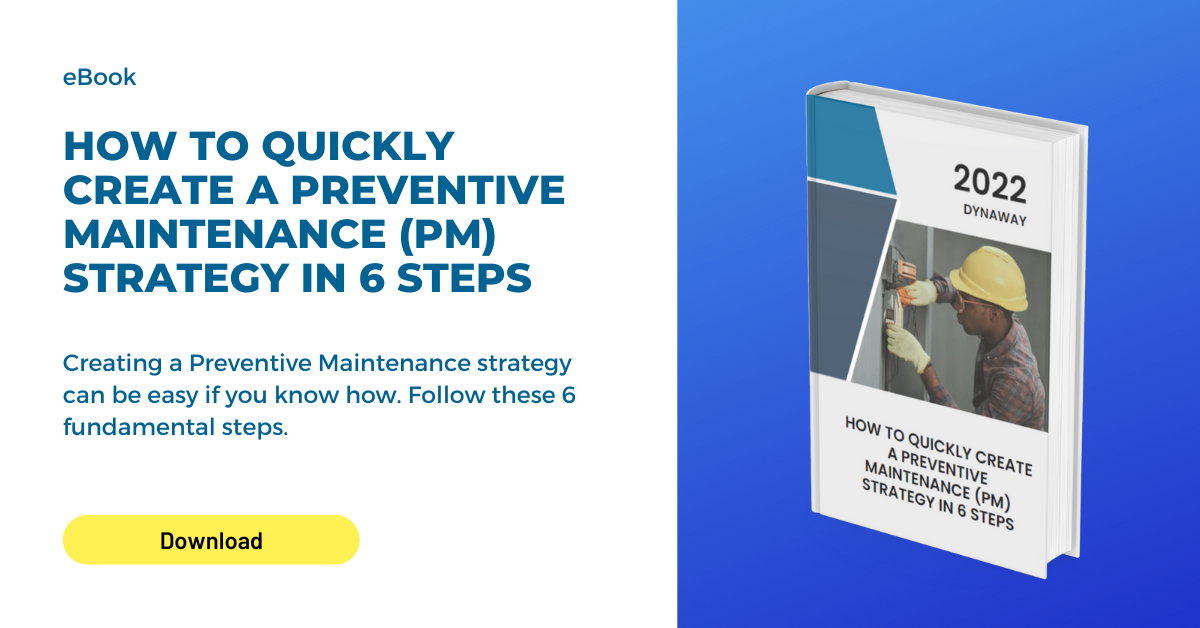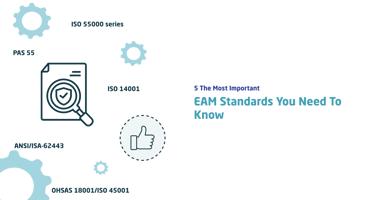
Purchasing anything comes with risk.
Buy a low-end washing machine and it may fail in a year or two. Buy cheap hand tools, and they will certainly not last a lifetime. Buy the wrong Enterprise Asset Management (EAM) software and – worse than that – fail to plan for implementation and integration, and the entire business will be at risk.
And it mostly comes down to life cycle costs in the end. Things can be recovered from a poorly thought-out purchase, but the business will suffer. And the employees will certainly suffer.
For most businesses and IT departments, purchasing (or renting) new EAM software is a major concern.
But who is the lucky person who gets to control the risk?
It’s Lonely at the Top

Any organizational change is hard. It needs vision, leadership, a plan and close control. IT software projects are no different.
IT purchases and implementations are the domain of IT leaders and managers; it is they that have the most substantial input. It is they who will always have their hands on the wheel. It can be a pressurized position, but one that gives the greatest opportunity for future business success.
If you are an IT leader or manager about to purchase EAM software, then you need to ask 8 key questions before pushing the button.
The 8 Key Questions
1. Is the EAM software necessary?Most modern businesses have an asset management strategy or, at the very least, an organizational one. This long-range strategy contains current and future business requirements and goals. This includes IT goals and infrastructure needs and will indicate – if done well – whether your business needs a new or upgraded EAM software.
You should ask yourself: what problem are we trying to solve?
If there’s uncertainty, then analyze departmental needs, productivity and efficiency data - this helps to make better business decisions. Do all potential stakeholders really need it? Have they been asked? If so, what do they need from it? Recognizing the critical software features that the whole business is going to use will improve the probability of a successful product selection.
If your business is asset-intensive and has future growth plans, then it’s likely that either you are considering purchasing EAM software, already have it, or are thinking of upgrading. It’s a critical decision and should not be treated lightly.
Decide on whether the business truly needs new EAM software before you start thinking about cloud-based, on-premises, or hybrid options.
2. Is it worth the effort?This is all about the costs. Is it really worth the effort? When asking the ‘is it necessary?’ question, the next logical step is to perform a cost-benefit analysis. For all the work and finance it takes to specify, purchase, integrate, implement, operate and maintain an EAM software, what are the real tangible and intangible benefits?
The current CMMS (computerized maintenance management system) or EAM may be problematic - a source of pain and frustration - but sometimes the pain of solving a problem can be greater than the problem itself.
‘Buyer beware’ is the common adage.
3. What are the life cycle costs?EAM software helps businesses – manufacturers, food & beverage, and energy and natural resources, for example – to control and reduce the life cycle costs of managing their physical assets. Life cycle costs are a principal consideration of asset management and delivering long-term value. The same reasoning must be applied when purchasing EAM software. There’s a lot for the IT leadership team to consider:
- Operation
- Maintenance
- Upgrades
- Support
- Outages
These five simple areas contain many complex processes, systems, and scenarios that will consume budgets over the software life cycle. An essential task for any IT leader is managing and reporting on the allocation of the IT budget; they will also need to agree on timeframes for large projects. It will benefit the IT leader greatly – and the business - to perform a life cycle cost analysis for better business decisions and to inform future finance models and budgets.
4. How long will it take to implement?This is a key question closely related to the life cycle costs of software implementation. The bigger the business, the more complex the installation and the longer it usually takes.
And time is money.
The IT and project leaders must understand the entire project cycle. It will never be 100% accurate, but the more detailed the plan and understanding of project phases, the higher the probability of successful time estimates.
And the lower the risk.
5. What are the IT risks before and after implementation?Risk management is high on the agenda for modern, forward-thinking businesses, and IT projects must always be risk analyzed. For complex and challenging projects, such as EAM software implementations, it is crucial to identify and manage risks. Just some of the risk categories for an IT leader to consider are:

- Project overrun
- Network and data security
- Vulnerabilities
- Network recovery
- Backup processes
- Disaster planning
- Data backups
- Unsuccessful implementation and integration
- Security clearance and access
- Internet-enabled IoT devices
And that’s just the software.

What if the vendor goes out of business? One way of mitigating this event is to use a source code escrow agreement. This agreement protects the client if the software company goes out of business – they must make their source code available to the client to ensure business continuity.
As any manager is, IT managers are also risk managers.
6. Can the EAM software integrate easily with our existing software?A new EAM software will likely need to integrate with other parts of the IT infrastructure. This may be a CMMS or ERP (enterprise resource planning) system, among others.
Integrations can be a source of nightmares for IT managers. And engineers. And maintainers. Anyone involved, really.
You need software to talk to each other upon integration. But, quite often, they argue and bicker.
Integration risks must be considered. If you are an IT manager, then you already know that.
7. What internal resources and training do we need for the project?A common cause of failure is the lack of resources. Full-time IT staff rarely have time to take on extra duties, so when an implementation project happens, this will cause upheaval to employee workload.
Apart from the need to release internal staff for the project, you will likely need to bring in temporary staff – especially for bigger IT projects. And who will own the implementation? The client? The vendor? External consultants?
Training is a crucial aspect of EAM implementation. Employees (e.g., operators, maintainers, IT staff, and so on) must receive training to use the new software, troubleshoot issues, and provide technical support. What learning and support resources will they need from the vendor?

These combined aspects of resourcing and training must form part of the master project plan and be adequately resourced, not an afterthought that could derail the entire project.
8. How good is the vendor?This is always a pertinent question to ask – especially for ‘big ticket’ items like EAM systems.
You need to know the capability and reliability of the vendor because your business will need to interact closely with them over the software life cycle. Why not have a sit down with them and get to know them better:
Have you implemented this software in my industry before?
What does customer support consist of during and after implementation?
How many support hours are included in the pre-and post-implementation?
What is the cost of extra support?
How many support hours do your clients need annually?
Can we speak to one of your current clients?
Get the right information
So that summarizes the 8 key questions we believe IT managers and leaders must ask before embarking on the purchase of EAM software. It is important to get the right information and consider the risks before you give the go-ahead. Chosen well, an effective and efficient EAM system will help you manage your assets, lower business risk, and increase operational performance.
It’s worth the effort.








